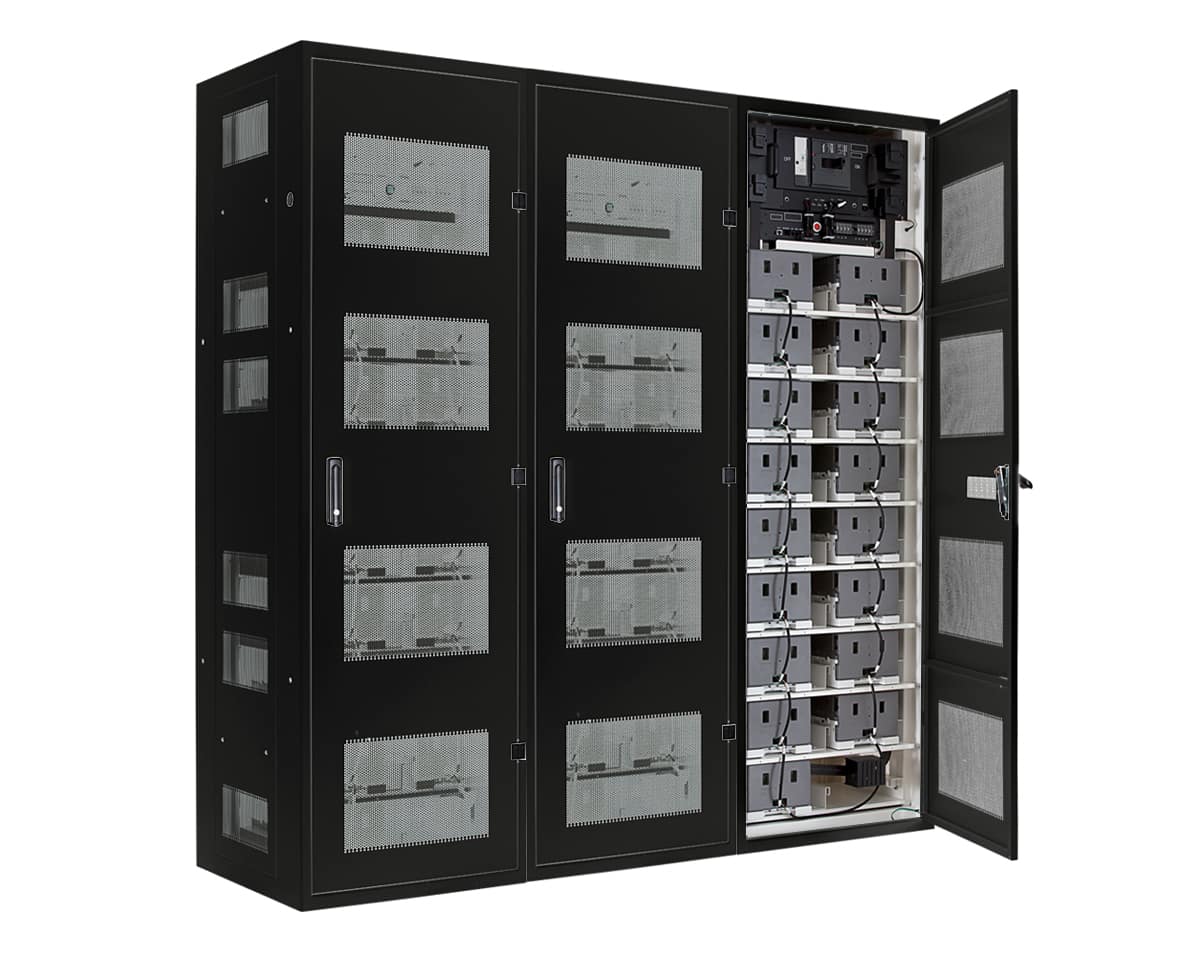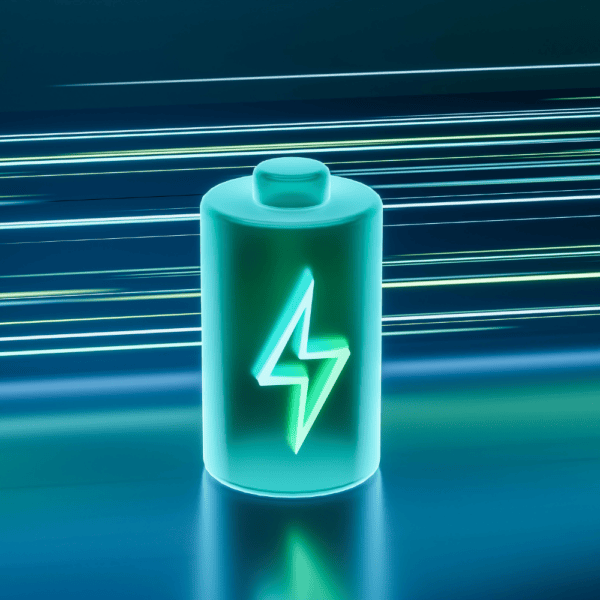Lead-acid VRLA batteries have long been the UPS energy source preferred by data centre operators, due to their proven reliability if well-managed, and low initial purchase cost. However, Li-ion technology has been capturing media interest for some time now. This post looks at the relative merits of both approaches for data centres.
The Advantages & Disadvantages of VRLA Batteries
Along with a relatively low initial purchase cost – down to maybe half that of a Li-ion solution – VRLA batteries are more environmentally friendly and safe than earlier open-vented types, and need less routine maintenance. However, their impedance always increases over time, reducing power capacity, and can increase sharply following a problem such as over-charging. Accordingly, they must be regularly checked for failing cells, or investment must be made into a fixed battery monitoring system.
VRLA batteries are very temperature-dependent, and must be kept within a temperature-controlled environment. Operation at significantly above the typically-recommended 20°C level will cause irreversible damage, while life expectancy is approximately halved for each 10°C increase in average operating temperature. Low temperatures have negligible impact on service life but reduce performance. Depending on the number of discharge cycles experienced and ambient temperature, a five-year ‘design-life’ VRLA battery can be expected to last three to four years, while a 10-year ‘design-life’ battery may last seven to eight years.
VRLA batteries require continuous charging to replace self-discharge losses, while over 90% of the current used during float charging can be wasted as heat. However, an advantage of float-charging VRLA batteries is that low state of charge (SoC) cells can become fully charged, while high SoC cells dissipate surplus energy as heat. This allows a series of VRLA cells to be easily maintained in a balanced-charge condition.
The Advantages & Disadvantages of Lithium-ion Batteries
Li-ion batteries, although more expensive to purchase, offer a longer operational life than VRLA, with 12 – 15 years being realistic. They are also up to 70% smaller and 60% lighter, and can work reliably at higher temperatures than VRLA batteries. It’s also important to note that Li-ion batteries designed for UPS applications, unlike other types that have caused combustion problems in mobile phones, are optimised for safety rather than power density. These factors mean that Li-ion batteries can be sited next to or within the UPS enclosure, rather than requiring a separate battery room with its own environmental conditioning. Li-ion batteries still need maintenance, but with longer intervals and simpler procedures than required for VRLA.
The chemistry in Li-ion batteries is simpler than that of VRLA types, so their performance becomes more easily defined, even for complex operating patterns. Accordingly, loss of capacity over time, although inevitable, is at least steady and predictable. For example, if a cell’s performance diminishes to 80% of its original value in 10 years, it will take another 10 years, under the same conditions, to drop to 60%.
Conclusion
Neither approach is best overall; VRLA batteries are expected to hold a majority market share for the foreseeable future, although this share will be eroded if Li-ion prices continue to fall. Users like VRLA’s low initial costs, even though TCO for Li-ion may be less. A possibly big hurdle relates to users’ acceptance that Li-ion as implemented in UPS batteries has become safe; but if this is overcome, then Li-ion may gain more traction because the batteries are smaller, don’t need separate, temperature-controlled rooms, have longer life, reduced maintenance and better power density.
Much of this information was provided by Yuasa Battery Europe, and is based on their ongoing experience of supplying both technologies.



